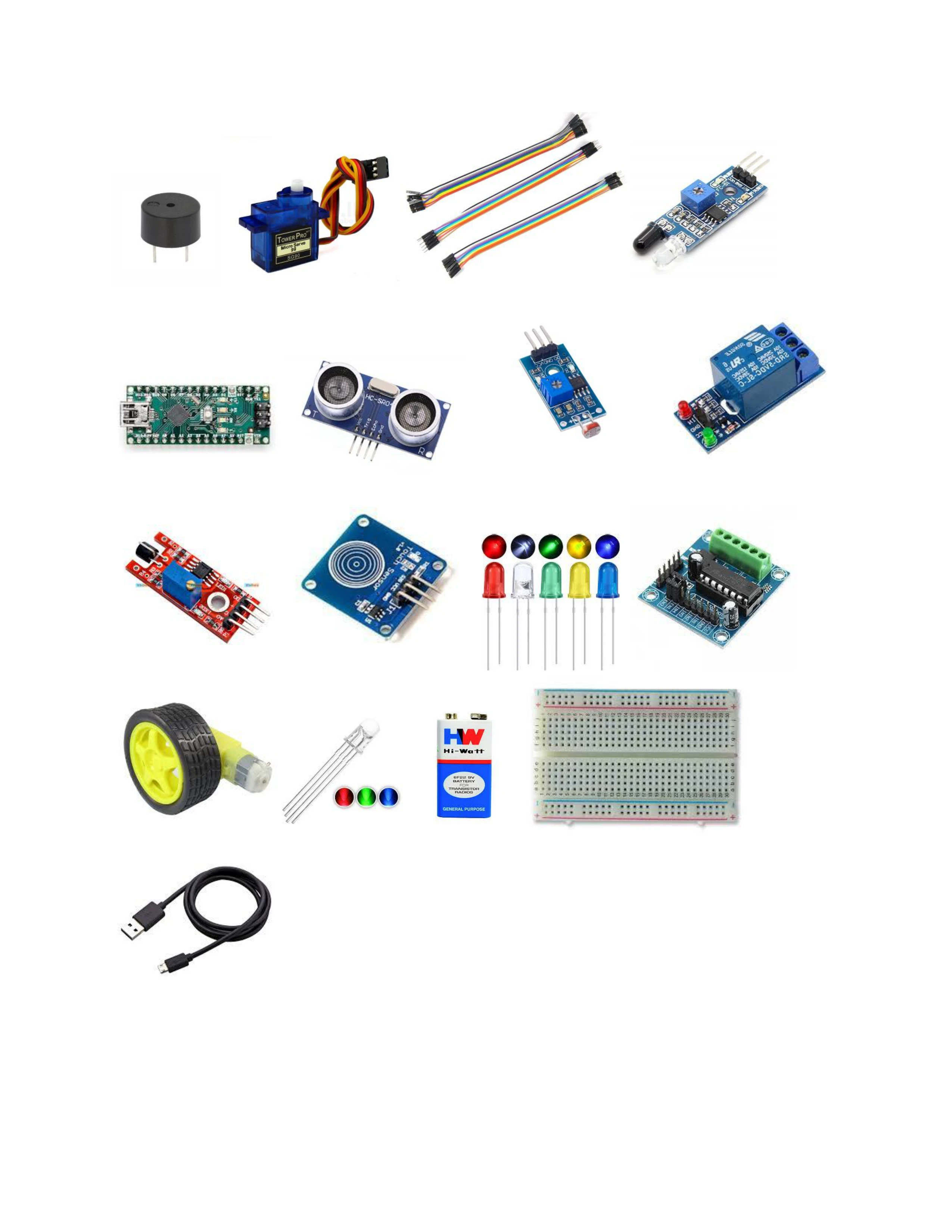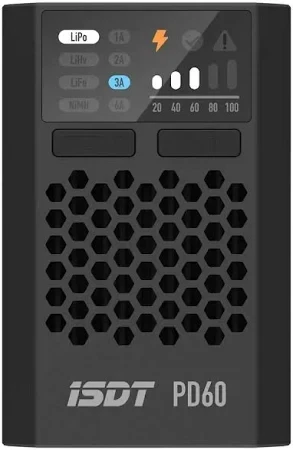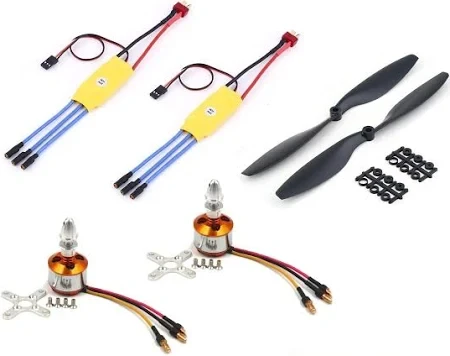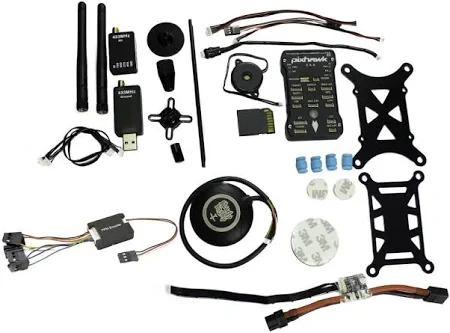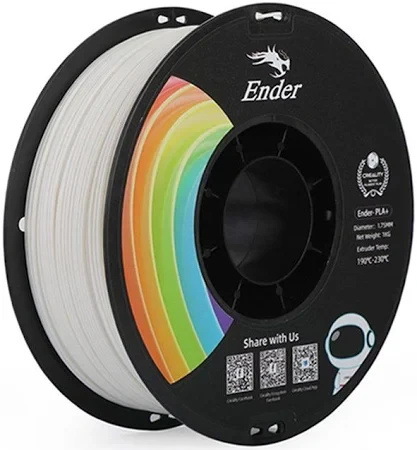The NVIDIA Jetson Orin Nano 4GB is a powerful AI edge system-on-module (SoM) that delivers substantial performance improvements over the preceding Jetson Nano line, targeting researchers, developers, and embedded systems designers focused on computer vision, robotics, IoT, and AI inference at the edge. It provides a good balance of compute, power consumption, and compact size, making it suitable for deployment in constrained power/space environments while still supporting modern workloads. Technical Specifications| Parameter | Specification |
|---|
| CPU | 6-core Arm Cortex-A78AE v8.2 (64-bit), with ~1.5 MB L2 + 4 MB L3 cache | | GPU | 512 cores in the NVIDIA Ampere architecture with 16 Tensor Cores; max GPU frequency ~ 625 MHz | | Memory | 4 GB LPDDR5, 64-bit, bandwidth ~ 34 GB/s | | AI Performance | ~ 20 TOPS (tera-operations per second) inference performance in typical power mode | | Storage | Supports external NVMe storage over PCIe; no large onboard eMMC specified | | Camera / Camera Interfaces | Up to 4 cameras via MIPI CSI-2 lanes (8 lanes total, 8 virtual channels possible); D-PHY 2.1 up to ~20 Gbps per combined throughput | | Video Encode / Decode | Decoding: 1×4K60 (H.265), 2×4K30 (H.265), 5×1080p60 (H.265), etc. Encode: some support for 1080p30 via CPU; high-performance encoding via GPU depending on use case | | Interfaces / I/O | PCIe: 1 × Gen3 ×4 + 3 × Gen3 ×1 lanes (Root & Endpoint), several USB (USB 3.2 Gen2 + USB 2.0), Gigabit Ethernet, multiple UART, SPI, I2C, display output (HDMI / DisplayPort / eDP variants) | | Power Consumption | Between ~ 5 W to ~ 10 W typical for the 4 GB module, depending on performance mode and workload | | Form Factor & Mechanical | Jetson form-factor, roughly 69.6 mm × 45 mm, with a 260-pin SO-DIMM connector for carrier board integration |
Features
-
Upgraded GPU architecture (Ampere) with Tensor Cores for better support of AI inference workloads.
-
Low-power operation modes—allowing deployment in battery-powered or thermal-constrained environments.
-
Multiple camera support allows for stereo vision, multi-camera analytics, or high framerate video systems.
-
High bandwidth interfaces (PCIe, NVMe, USB3, etc.) allow fast data throughput for storage, sensors, and networking.
-
Supported by NVIDIA’s JetPack SDK, with full stack including CUDA, cuDNN, TensorRT which is beneficial for researchers optimizing AI models.
-
Compact size and carrier compatibility make integration into custom embedded and robotic platforms feasible.
Operating Parameters & Compatibility
-
Operating Temperature: Typically in the commercial range (0-50°C or wider depending on carrier board & cooling) though module specifications may support more, depending on board and enclosure design. (Check carrier / board datasheet).
-
Supports external storage over NVMe, meaning for large datasets or models you’ll generally need fast external storage.
-
Requires appropriate carrier board (or development kit) for access to I/O, display, power, etc.
Common Use Cases
-
Edge AI inference: e.g. object detection, semantic segmentation, classification in embedded systems.
-
Robotics: Visual perception, navigation, SLAM, obstacle detection, multiple camera fusion.
-
Smart cameras / surveillance and retail analytics devices.
-
Industrial inspection and quality control using vision.
-
Multimedia applications: streaming, video encoding/decoding, possibly real-time transcoding.
-
Research & prototyping in AI/ML labs where model performance and inference latency are critical.
-
IoT edge devices with AI capability (smart sensors, anomaly detection, etc.).
Why Valuable for Research / IoT / Robotics
-
Offers much higher performance than older Jetson Nano models for the same or similar power budget, enabling more complex network models to run on the edge.
-
The flexibility in I/O and camera interfaces allows researchers to test multi-sensor setups, camera arrays etc. in robotics or perception research.
-
Good support ecosystem (NVIDIA JetPack, forums, documentation) makes it easier for labs to adopt and integrate into ongoing AI/vision/robotics courses or projects.
-
In India, where import and power constraints matter, the ability to operate at ~5-10 W while delivering significant AI computing makes it practical in embedded and applied settings (e.g. agriculture, surveillance, education, industrial IoT).
|








